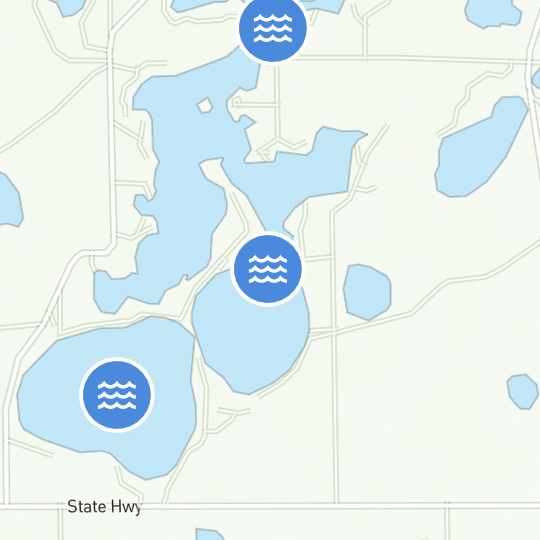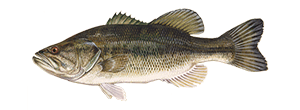How to Catch Fluke
Fluke, or summer flounder, is one of the most common fish species. Learn tried and true methods for hooking and landing fluke.
Get to know the behavior of these elusive flatfish, by uncovering the optimal spots and techniques to reel in your catch—whether from a boat or the shore. Equip yourself with essential fluke fishing gear, from the right rod and reel to specialized rigs like bucktails or jig heads.
Fluke Fishing Limits
Before you get too far into planning your ideal fluke fishing outing, it’s important to familiarize yourself with regulations that may apply to the species throughout the year. Fluke start to arrive in the waters of the East Coast starting around April and, in some states, like New Jersey, there is a “season” for fluke fishing that you’ll need to keep in mind. And there can also be minimum size requirements as well as daily bag limits in place that you need to be aware of. It’s also wise to check with NOAA for any federal recreational measures for summer flounder, which are subject to change each year, when learning how to fish a fluke.
Finding Fluke
The great thing about fluke is that you can catch them from a boat or from shore. The key is to know where to go. When learning how to fish for fluke, the first step is to understand their behavior so you can find the species. Fluke like to face into the current to feed, waiting for the water to bring baitfish to them, so one of the best spots to look for fluke is in waters with a lot of current or movement. Ideal places are obstructions and structures like bridges pilings and jetties or areas with drop offs. If the current isn’t flowing, you can even try power drifting to generate some movement.
Essential Fluke Fishing Equipment
One of the most essential fluke fishing tips is knowing how to select the right equipment. For the rod, a six- to seven-foot option should work well. Pair it with a light conventional or spinning reel and a monofilament line with a 10 to 30 pound rating that matches the conditions and the size of fish you’re after. If you’re fishing in deep water, you may want to opt for a braided line instead, which also affords more stability in a fast current than a mono line. For fluke, a simple rig tends to be best like the proven bucktail or three-way swivel. If you want to fish with a jig head for its effectiveness at getting the bait down to the sandy bottom where fluke like to dwell, you’ll have to master how to fish a fluke on a jig head. Essentially, you’ll take your bait and thread it up onto the jig head, with the hook exposed out the back.
Best Bait for Fluke
When it comes to bait, the favorite choice for fishing fluke among anglers universally is squid, either fresh or frozen. Depending on your preference, you may want to cut it into strips or use the whole squid. Other popular choices for fishing fluke are sand eels, killifish, fluke belly, and even minnows. In deeper waters, blue fish, herring, and mackerel can be good choices for attracting larger fluke. But remember it’s important to experiment. Try different baits as you’re learning how to fish a fluke since some choices will work better than others at different times.
KEEP LEARNING

How to Tie the Non-Slip Loop Knot
The non-slip loop knot is a popular and reliable choice for securing hooks, lures, and other tackle to your fishing line.
LEARN MORE

Socials
Take me fishing social media links
LEARN MORE

TakeMeFishing x Teen Vogue
Join us on a creative journey as fashion designer Ahmrii Johnson walks us through her collaborative vision and process with Teen Vogue and fashion brand, Rentrayage, to create a special piece.
LEARN MORE


.png?lang=en-US&ext=.png)